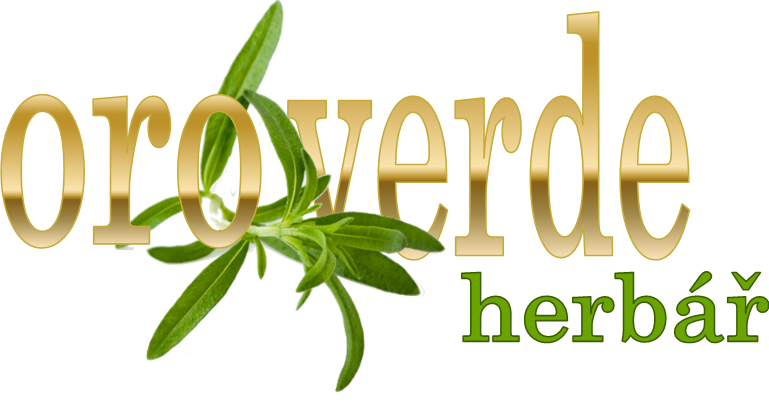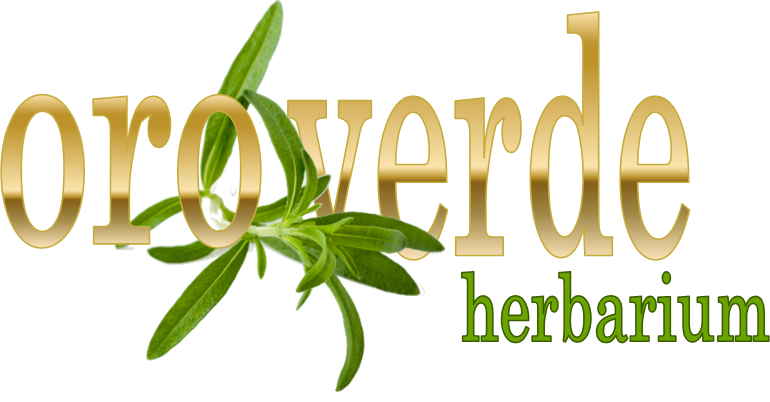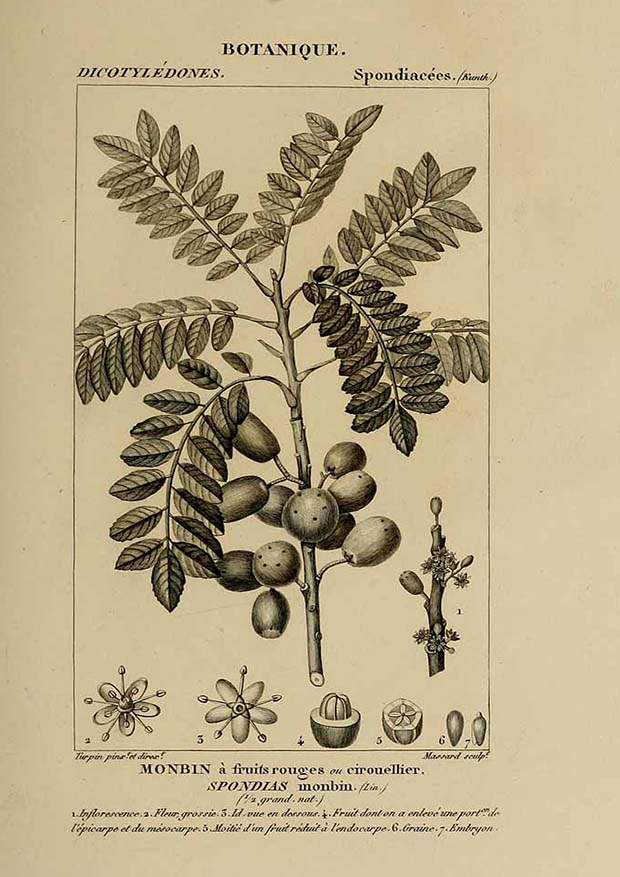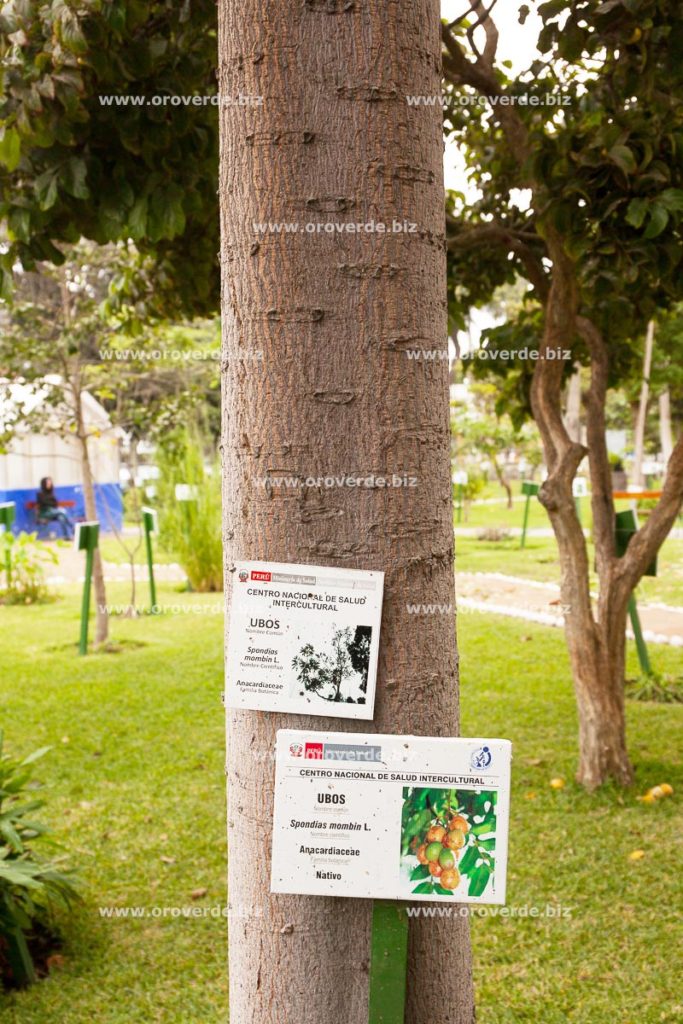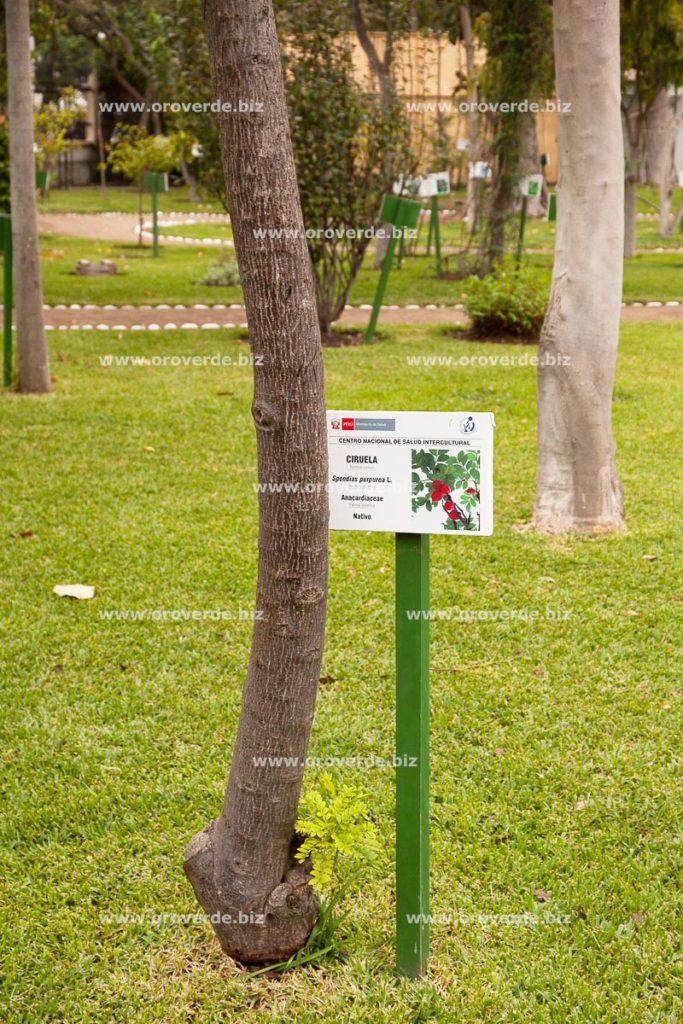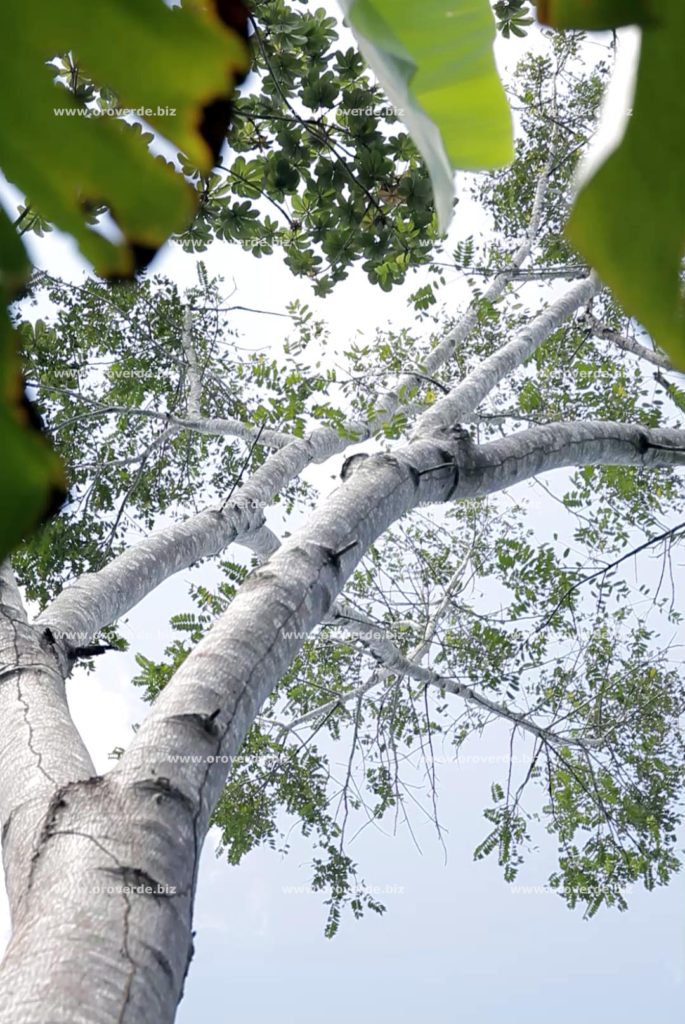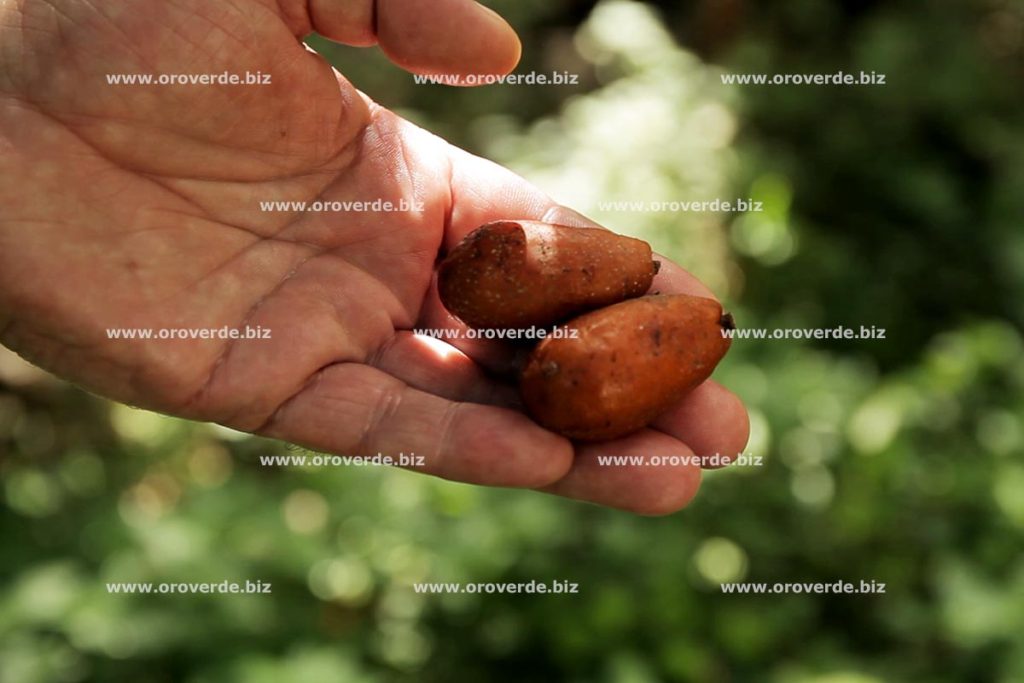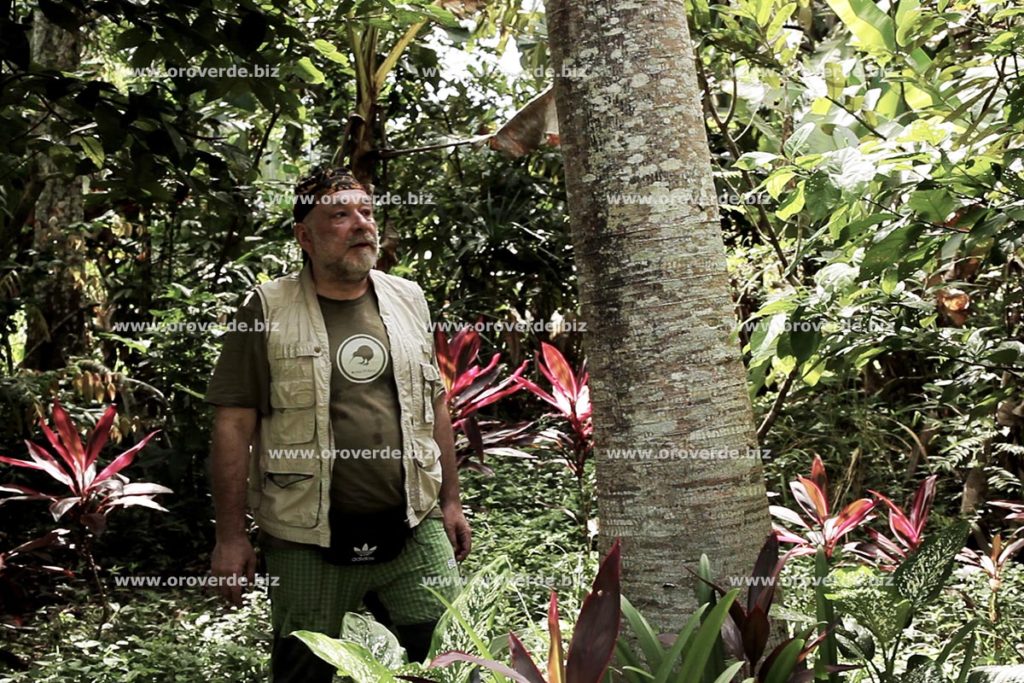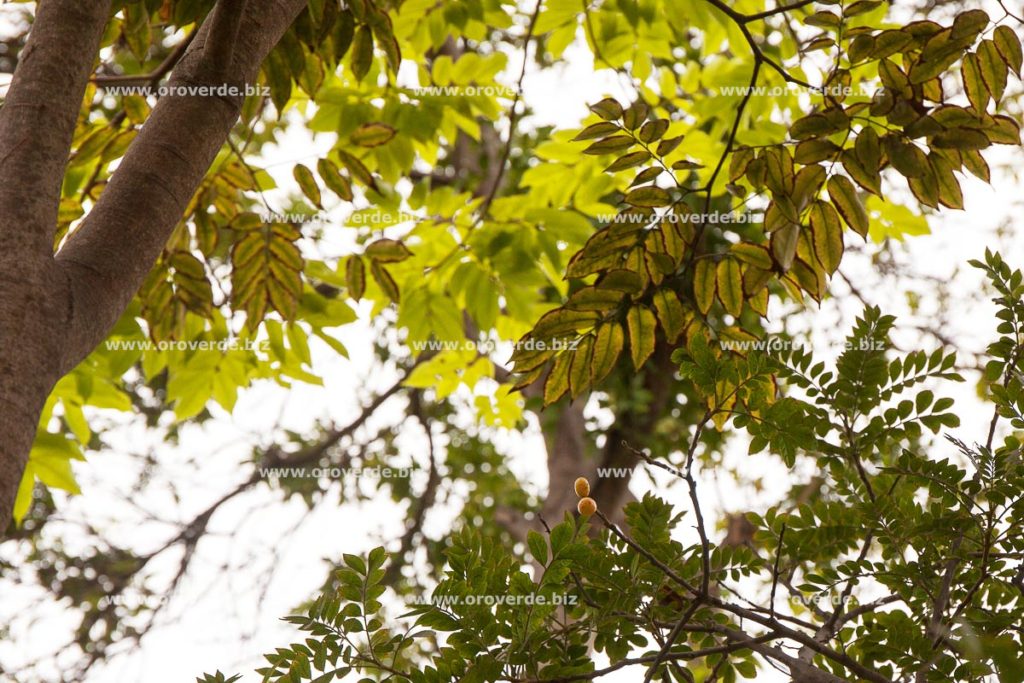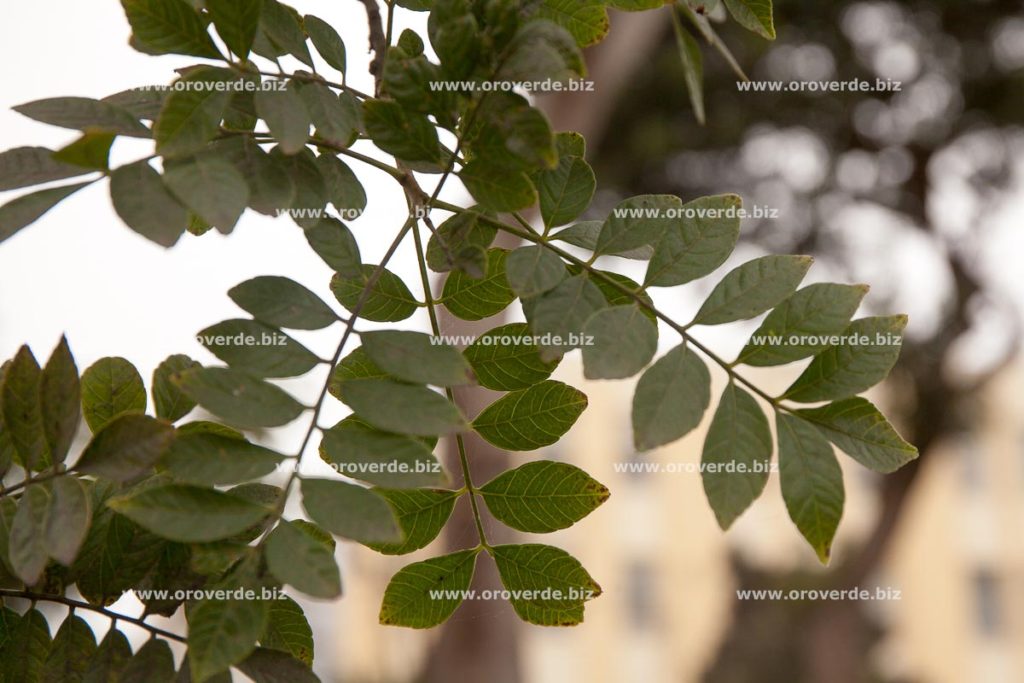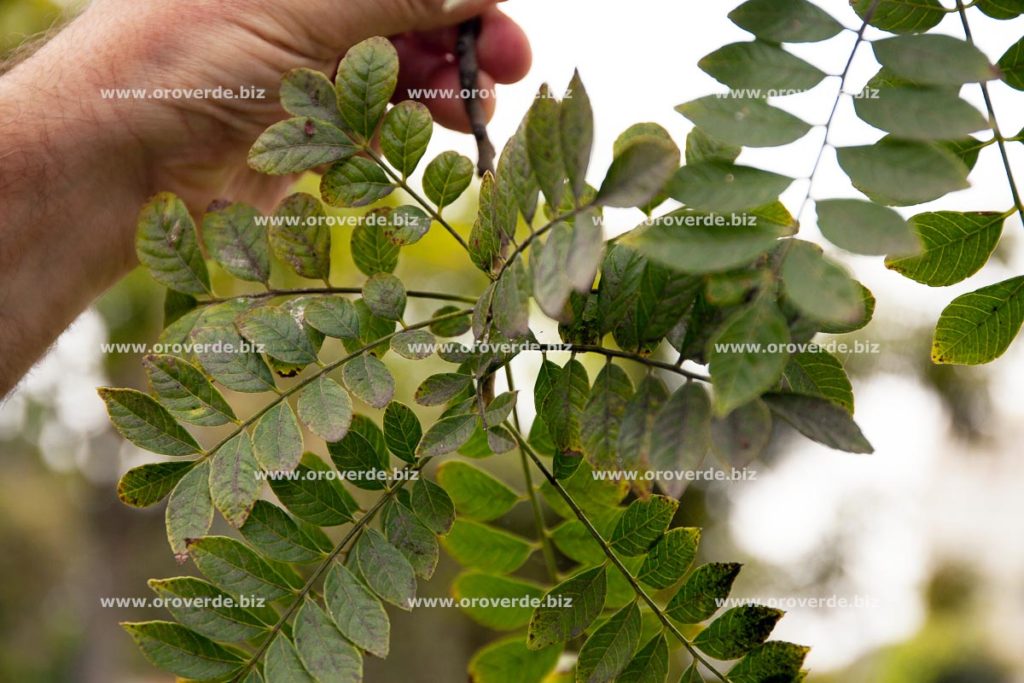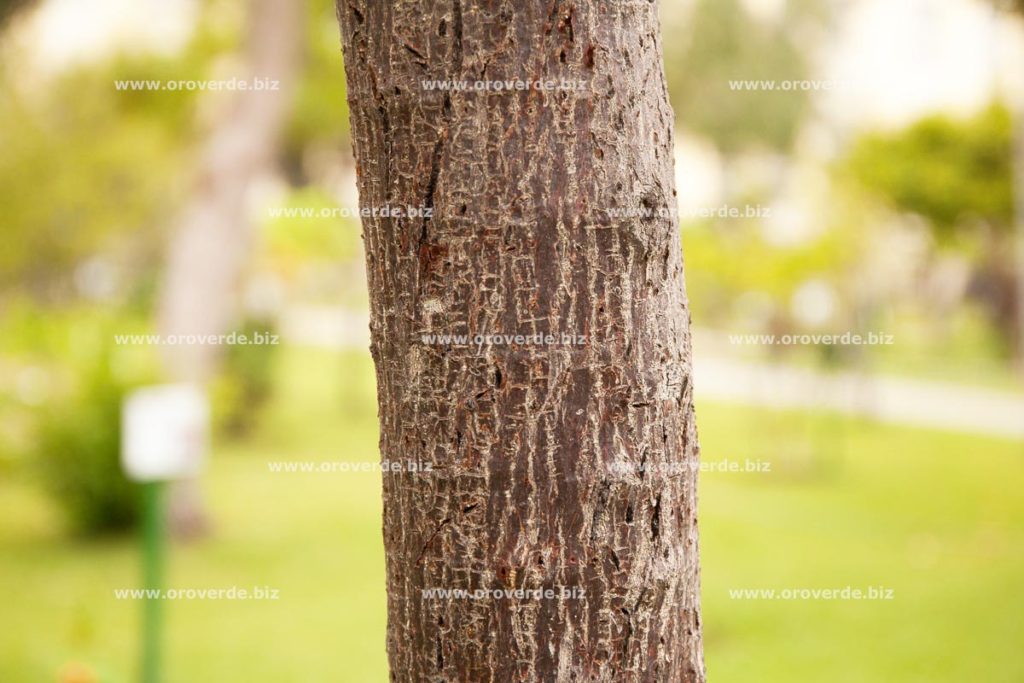It affects the following diseases:
Family: Anacardiaceae
Genus: Spondias
Species: mombin L.
Common names:
Hog plum, Java plum, tropical plum, marapa, Spanish plum, acaiba, mopé, jobo, hobo, ubo, yellow mombin, prune d´or, tapiriba, manzanita de monte.
Part(s) used:
Bark (Cortex spondii).
Description:
Spondias mombin grows in the rainforest on the coastal regions of Latin and South America. It is a high tree, reaching up to 80 feet (24 meters). The crust of the tree is ridged with deep striaes from which very often escape a brown resin substance which is used as a glow. The leaves and small white blooms which attract a lot of insect, buds on the end of the branches. The aromatic fruit, less than 3 cm long, with the shape of an oval plump, have a leathery coat and a thin cover of an exotic savouring pulp. The tree is usually fruited by a lot of clusters, consisting of more than twelve fruits. Most of the fruits, rich on vitamin B1 and C, create the oval seed.
In Surinam the fruit is usually consumed in the form of a juice or you can cook it with the sugar and there is a saying that if you taste the tropical plum (mopé) once, you will surely return here to Surinam.
Bennet (1992) mentions the usage of inner crust (bast) by many native communities of Amazon including the tribes of Cofan, Quechua, Siona, Shuar and Waorani (Ecuador), Chacobo (Bolivia), Bora (Peru), Panare (Venezuela). In the Peruvian Amazony, the tribe Campa – Ashaninca use the infusion from inner crust as an astringent (contractive, obstruent medicine). They are also applied in the form of powder which they parch beforehand on the open bumps (lesion) when skin leishmaniasa (Raynel et al. 1990). The bast infusion is used for vaginal irrigations and treatment of hemorrhoids (Ayala Flores, 1994). The Columbia tribe Tikuna use the infusion as an analgesic, contraceptivums and abortivum (Schultes and Raffauf, 1990). In the Bolivian Amazonia are prepared the plasters which are apllied on the fractures and sprains (Killen et al, 1993). The fruit is consumable, when using a bigger quantity it may cause the nausea and vomiting (Soukup, 1986). Brack Egg, 1999, presents the spasmolythic, vomitive, astringent, anti-disentric usage, then the usage when vaginal and stomach infections and dermatities, antiasthmatic, in erythemy, swellings, laringitidy, psoriase, stomach ulcers and leishmaniosa, tuberculosis and as an contraceptivum feeded in the period of menstruation.
The fruit contains in average 36% of pulp and 10% of cover, the rest is endocarp. The following pulp composition was determined (in 100gr.) – H2O – 72,8 – 88,5 gr.,proteins 0,6 – 1,4 gr., lipids 0,1 – 2,1 gr., carbohydrates 8,7 – 14,2 gr., pulp 0,6 – 1,2 gr., dust 0,4 – 0,6 gr., transferable sugars 6,7 – 9,4 gr., Ca 26 – 31,4 mg., P 27 – 40 mg., Fe 2,2 – 70,5 mg., acid. L-ascorbic 11 – 166 mg., caroten 70 – 71 mg., niacin 0,5 mg., pyridoxin 0,67 mg., riboflavin 0,05 – 0,19 mg., tiamin 6,74 – 9,41 mg and determined the energetic value of 100 gr. of pulp within the limits 21,7 -70 cal.. Brack Egg, 1999 ). The fruit further consists a volatile oil mainly with ocimen, caryophyllene, sugar mainly with arabogalactan, arabinosa and xylulose. In various parts of the plant was detected the presence of tanstuffs and saponins (Offiah a Anyanwu, 1989). The studies in vivo proved the abortive effect of the aquenous solution on rats, despite that they were not seen the contractions of uterus. The kinds of Spondias tribe embodied the anti-bacterial activity for people patogen entero bacterias. (Cáceres et al. 1990). The contained anacard acid embodied in the experiment the inhibition of beta – lactation. Then the acid cafeoylhydroxylemon embodied the positive antivirus effect, set 6-alkenylsalicylous acid with significant anti-bacterial and molluscicid effect.
Siang, 1983, adverts with regard to a high content of tanstuffs at the kinds of Spondias tribe on ethnomedicine usage of the crust – when treatment of skin burns. Roth and Lindorf, 2002, advert to many usages in etnomedicine, among others on usage of aqueous extract at infections caused by Candida albicans, further on usage at metrorhagia, polymenorhei, next usage of infusion when muscle ache, stomach ache, nephritidy and when cleaning of open bumps with the next legacy on the usage at skin burns treatment.
Contraindications:
Pregnancy, expected pregnancy.
Side effects:
Not described.
Traditional enthomedicinal uses:
According to a Peruvian native confection it is recommended 3-5 g of milled bark/bast per litre of water, then prepare infusion and sip a cup of it 3 times a day (cca 200mls). When dermatic problems you can combine drinking together with the abatement of stricken places with infusion (twice a day). In traditional Surinam confection you can use the squash from the leaves for the treatment of: ophthalmia, diarrhoea, attended by cramps and venereal diseases (the broth from leaves). More information you can find on the pages about standard preparation of herbs.
More information you can look on the site about ordinary preparation of the herbal remedies.
Phytoterapeutic properties:
Astringent, antiastmatic, antidisenteric, spasmolythic, dermatic, depurative.
Phytochemical composition:
α-pinen, arabinose, d-limonene, arabogalactans, caryophyllen, anacardan acid, caffeoylhydroxylemon acid, L – ascorbic, 6-alcenylsalicylous, pelandjuaic, carotenes, caryophyllen, ocimene, vitamins: A, B1, B2, B5, C, xylose, Ca, P, Fe.
Source:
- Amazonian Ethnobotanical Dictionary, DUKE A.J., VASQUEZ R., C.R.C. Press, Boca Raton, USA, 1994, ISBN 0-8493-3664-3
- Diccionario enciclopedico de plantas utiles del Perú, BRACK EGG A., CBC – Centro de Estudios Regionales Andinos «Bartolomé de Las Casas», Cuzco, Perú, 1999, ISBN 9972-691-21-0
- Herbal secrets of the rainforest, TAYLOR L. , Prima Health a division of Prima publishing, CA, USA, 1998, ISBN 0-7615-1734-0
- Southamerican Medicinal Plants, ROTH, I., LINDORF, H., Springer Verlag Berlin/Heidelberg, BRD, 2002, ISBN 3-540-41929-2
- The Healing Forest, SCHULTES E.R., RAFFAUF R.F., DioscoridesPress, Portland (OR), USA, 1992, ISBN 0-931146-14-3
- Vocabulario de los nombres vulgares de flora peruana, SOUKUP J. SDB, Editoria Salesiana, Lima, Perú, 1975
- Ziololecznictwo amazońskie i andyjskie, ŹUROWSKA K., TowerPress, Gdańsk, Polska, 2001, ISBN 83-87342-41-6
